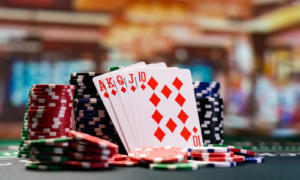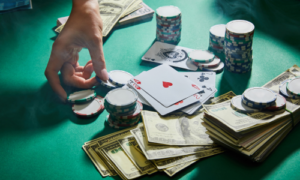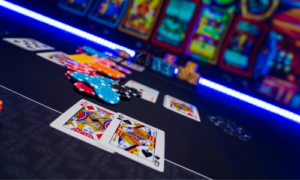In one of my most intense and rewarding deep runs at the World Series of Poker, I walked away without the bracelet—but with something just as valuable: hard-earned tournament wisdom. You can watch the full vlog from this run right here on my YouTube channel, where I take you behind the scenes and break down every critical moment on camera.
Whether you’re new to live events or a seasoned grinder, there are some key spots and strategic lessons from this journey that are worth breaking down.
This is exactly the kind of stuff I love sharing with students and players inside my Poker Accelerator course, because these aren’t just theoretical plays—they’re the real decisions I made, under pressure, deep in the money.
Let’s dive into what happened.

On Day 2, I found myself with just eight big blinds when Brock Wilson opened from the cutoff. I was in the small blind. This was a classic shove-or-fold spot—and I shoved.
I might have been flipping, but fold equity is a real weapon in tournaments, especially against late-position raises. He called, I won the flip, and suddenly I had a stack that allowed me to play poker again.
Lesson: Know your push/fold charts. A short stack isn’t a death sentence—it’s an opportunity to apply pressure when others least expect it.
Turning a Backdoor Into a Real Threat
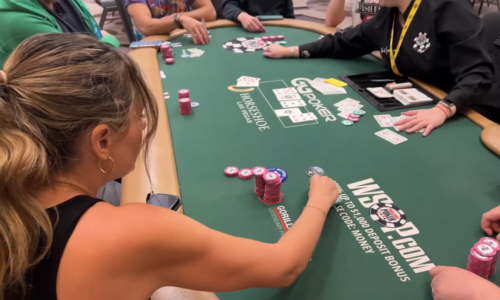
One of the more fun hands of the tournament came in a blind-versus-blind spot. The small blind limped, and I looked down at 8♣6♣ in the big blind. I bet the flop when it came J♥7♣4♦, and he check-raised. Most players fold here, but I had a gutshot, backdoor clubs, and position—so I floated.
The turn was the A♠. He checked again, and I used this to represent the ace and bet again. He called.
The river brought the 5♦, giving me the straight. He checked, and I went for value with an over half-pot bet. He folded, and I scooped a pot I had no business winning without planning and execution.
Lesson: Marginal hands can become weapons with position, backdoors, and the right reads. You don’t always need to hit to win.
Playing with Precision at 30 Big Blinds
Later in the tournament, I had around 30 big blinds—healthy, but definitely not deep enough to get fancy. At this stage, precision matters more than ever. Blind levels were increasing fast, and I had to shift gears.
This is where ICM pressure starts creeping in, especially as we neared the final 100 players. I leaned into preflop steal spots, avoided unnecessary risk postflop, and took advantage of players tightening up around the pay jumps.
Lesson: Every decision matters under 40 bigs. Discipline and timing are everything.
Staying Mentally Strong When Card Dead
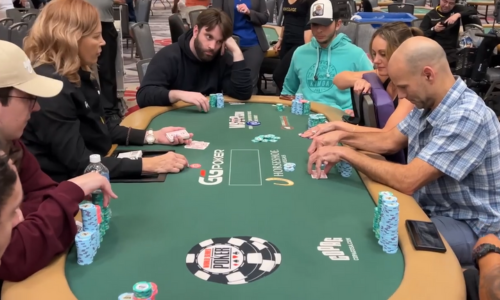
There was a painful stretch where I went completely card dead. No decent holdings, no spots to take initiative, and a table full of aggressive opponents. But I didn’t force it. I stuck to sound fundamentals, avoided leaks, and kept looking for exploitable tendencies.
Eventually, I picked up KQ in a good spot, shoved, and doubled. The momentum returned because I didn’t panic or deviate from my strategy during the lull.
Lesson: Don’t let a bad run of cards tilt you into bad decisions. Stay sharp and wait for your moment.
Post-Tournament Review Is Where Growth Happens
After every tournament, I go back and review every difficult spot. What did I miss? What would I do differently next time? Even writing this blog is part of my own review process—and I encourage you to make this a regular part of your game improvement.
Lesson: Tournament wins are great, but long-term growth comes from honest review and adjustment.
Want More Strategy Like This?
If you found these breakdowns helpful, you’ll love what’s inside The Poker Accelerator. The course is built for players who want to take their tournament game to the next level—with modules on stack dynamics, exploitative play, ICM, mental game strategy, and more.
You can also check out this FREE Preview and see if it’s the right fit for your poker goals.
Thanks for reading—and if you haven’t yet, watch the full vlog from this run right here on YouTube. See you at the tables.




